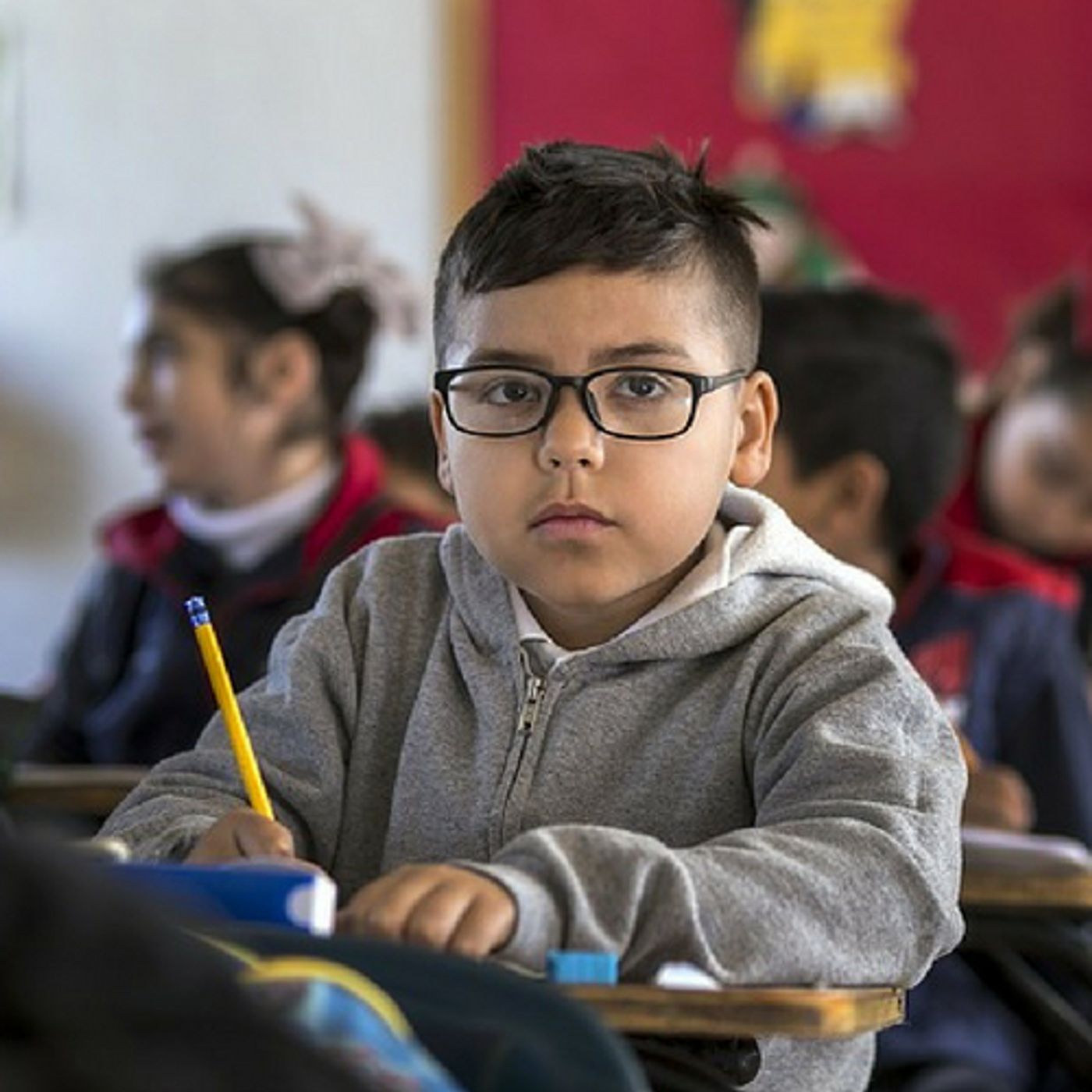Should Standing Desks Be in the Classroom?
Standing desks are all the rage in office buildings. With more research coming out every day about sedentary lifestyles, exercise and the warning that "Sitting is the new smoking" some offices are looking to alternative workspaces to keep their employees healthier. Adults who spend 8 hours a day in an office setting have to get creative when it comes to moving more.
A standing desk can be anything from a counter with stools, to a platform desk that can be raised or lowered manually, or even an electric sit stand desk that is adjustable to match a person's height. In addition to the desks, many offices have added monitors that can be positioned more ergonomically and common areas with exercise balls to sit on or kneeling chairs and tablet computers.
So, adults have options if their jobs are sedentary, but what about children? Many schools are in session 8 hours a day, or more, with aftercare. With increased academic demands, many schools are cutting out recess and children are spending more time in a classroom, at desks. A team of researchers from the University of Wisconsin at Madison set out to look at the use of standing desks in the classroom.
The team worked with 100 students at Shorewood's Atwater Elementary School. A manufacturer of standing desks, Safco Products, donated the desks that were used in the study. Each classroom spent a semester using the desks. In addition to the new furniture, students wore a fitness tracker that logged their activity during the school day, and when they were at home. Tests were also given to the students to measure cognitive focus.
Ann Swartz is the UWM Department of Kinesiology chair and an exercise physiologist. She and graduate student Nathan Tokarek authored the study on the Atwater students, and their results did show some positive benefits. The children were more active during the day and at home, and younger students showed better concentration and focus during lessons.
The school calendar is relevant also. Across the board, grade school children show a drop in activity at the beginning of the school year. Coming off a summer of playing, going to camp and essentially being free to do what they like, back to school puts a damper on physical activity. In the children that used the standing desks, this drop in business was less than those who did not. While some adults who use a standing desk report back pain and fatigue, there were no complaints from the children who stood at their desks.
The age of students was a factor in the research too. Students in third grade showed statistically significant improvements in attention and impulse control compared to kids who did not have standing desks in the classroom. Older children, in grades 4 and 6, however, did not show any improvement. Tokarek explained that since standing desks are still relatively new in offices and only found in a few schools, there is no firm finding that they are always beneficial. He stated, "This research topic is so new that our contribution, even though it's a pilot study, is definitely going to be useful going forward." Take a look at the video below to see how the project looked in the classroom.
Sources UWM, South China Morning Post









